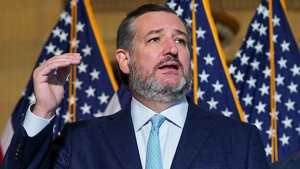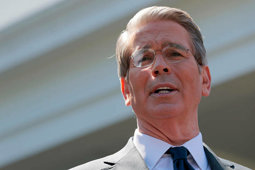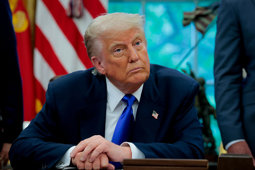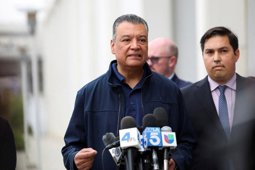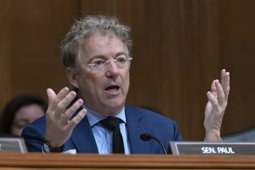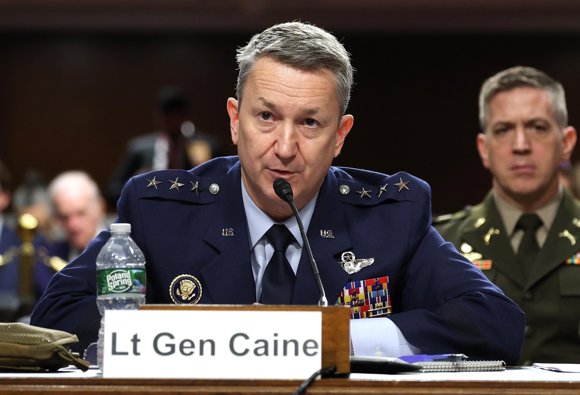
Trump Names Outsider Caine to Lead Joint Chiefs
Retired pilot and CIA veteran Dan Caine becomes first officer pulled from retirement to lead the Joint Chiefs under Trump’s second term.
Trump’s Historic Choice Shakes Up Pentagon Leadership
In a move that has captured the attention of Washington and the wider military community, President Donald Trump appointed retired F-16 fighter pilot and former CIA officer Dan “Razin” Caine as chairman of the Joint Chiefs of Staff, the nation’s top military post. The decision, made in February 2025 during Trump’s second administration, marks the first time a president has selected an officer out of retirement for the role—an “unprecedented” step hailed by some as a bold break from tradition.
Caine’s nomination quickly drew interest both inside and outside the Pentagon. During his Senate confirmation hearing, Caine addressed concerns about his outsider status, stating, “I acknowledge that I am an unconventional nominee, but these are unconventional times.” Trump underscored his confidence in Caine and his team to carry out a “peace through strength” mission and to provide a new direction for the Department of Defense.
From Combat Missions to National Crisis Management
Before reaching the Pentagon’s highest office, Caine led a life defined by service and action. After graduating from Virginia Military Institute in 1990, he joined the U.S. Air Force, following in his father’s footsteps. As an F-16 pilot, he accumulated thousands of flight hours, earning the nickname “Razin” for his intensity and focus—a trait his colleagues describe as “fire inside, almost like a volcano waiting to erupt.”
Caine’s operational credentials include a top-secret mission during the first Gulf War to neutralize Iraq’s scud missile threat, an effort that would later help minimize dangers in the second Gulf War. On September 11, 2001, Caine was in the cockpit again, leading F-16 patrols over Washington, D.C. with orders to defend the capital during a moment of national crisis. The weight of those missions, and the split-second decisions they required, shaped his reputation for calm under fire and strategic clarity.
His experience extends far beyond combat. As a White House fellow, Caine played a crucial role in coordinating the federal response to Hurricane Katrina in 2005. He later worked with the Department of Homeland Security on counterterrorism and spent time in the National Guard. His career also included work in the private sector on national security and entrepreneurship, rounding out a skill set rarely found at the Pentagon’s top tier.
Leading Through Crisis: Operation Midnight Hammer and Beyond
More recently, Caine was thrust into the national spotlight after the Pentagon’s Operation Midnight Hammer, the U.S. surprise strikes on Iranian nuclear facilities. Alongside Defense Secretary Pete Hegseth, Caine publicly outlined the complex mission, reinforcing his reputation for clear communication and operational leadership.
Military analysts and former colleagues have praised Caine’s versatility and dedication. “He’s the guy in charge of the guys in charge,” noted a former Navy pilot, emphasizing the magnitude of the position, first created to unify America’s defense leadership after World War II.
Caine’s appointment signals a new chapter for the U.S. military—one in which unconventional leadership and a diverse resume are viewed as strengths rather than liabilities. As President Trump seeks to reshape defense policy for a new era, all eyes are on “Razin” Caine and the vision he brings to America’s armed forces.

